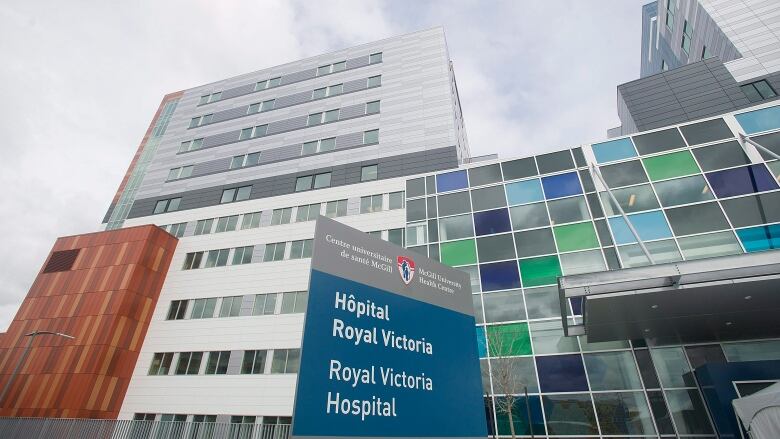MUHC's cell signal woes will require an expensive, complicated fix
Work to begin to install 700 antennas and 30 km of cables to fix spotty cell-phone reception on Glen campus

After months of trying to find cheaper ways to boost the cell phone signal inside its superhospital, the McGill University Health Centre (MUHC)is on the hook for an expensive fix that will require extensive cabling inside theworking hospital.
The MUHC's building materialsblock the signal.
Reception is spotty in many places.
This past summer, the MUHC tried to improve the signal by installing an antenna across the street and atopthe employee parking garage. However,thatonly improved signal strength by about 50 per cent.
The only option left is a distributed antenna system, known as DAS, which involves installing hundreds of small antennas inside the hospital. But thatcomes with a hefty price tag. The MUHC won't say exactly how much, but it's in the millions of dollars.
"That money we will be using is money that was set aside for the construction of the Glen site," saidRichard Fahey, the MUHC's director of public affairs. "We are not taking money away from the clinics to pay for the DAS. It's still within the project costs."
The MUHC has come to an agreement with Telus, which will install equipment and 700 small antennas.
In a few weeks, the MUHC will send out tenders for the installation of 30 kilometres of cabling that will link the antennas and equipment in the telecommunication rooms. Thirty kilometres of cable is equivalent to the driving distance between the MUHC'sGlen campusand Ste-Anne-de-Bellevue.
Work to be done in stages
The challenge is doing this in a way that doesn't jeopardize patient safety or disrupt clinical activity.
Fahey saidthe MUHC has come up with a plan that will see the cabling segmented out, so multiple teams can work at once in different parts of the hospital.
"We'll be segmenting the tender to make sure certain areas, clinical areas, can be done, for example, at night," saidFahey. "Another group could be working during the day in the basements. We can't go into the ORs during the day, so we'll go weekends"
The work will start next month and be done in stages. As more antennas are put in, the signal will slowly improve, and the MUHC hopes all the work will be completed by next summer.
While the system is being installed, physicians and medical personnel have been using pagers and wifi phones. They can also communicate with each other via iphone messages.












_(720p).jpg)


 OFFICIAL HD MUSIC VIDEO.jpg)
.jpg)



























































































